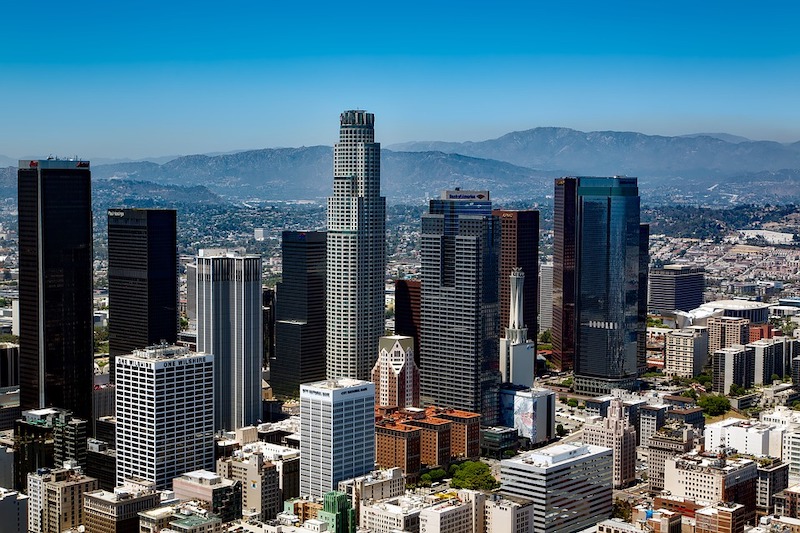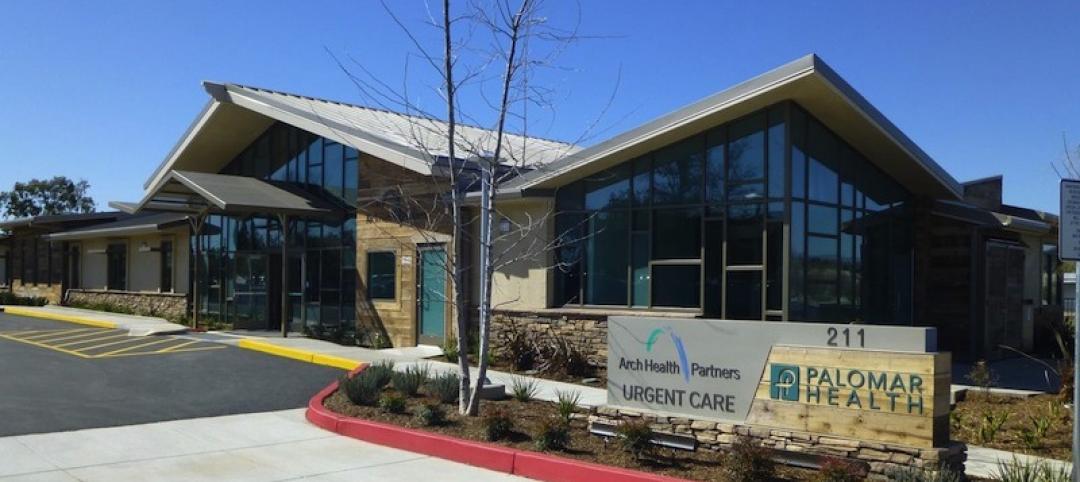The U.S. Green Building Council-Los Angeles Chapter (USGBC-LA) has chosen its first technology solutions under its Net Zero Accelerator program.
The program’s goal is to identify viable net zero building technologies, position them for success, and accelerate their market entry throughout the Los Angeles region. The 13 technologies were selected from 68 applicants from 11 countries.
The 13 technology solutions are:
Advanced building materials — DTE Materials
Energy efficiency — arbnco, Keewi, and SkyCool Systems
Energy storage — Shifted Energy and Yotta Energy
HVAC optimization — KomfortIQ and Blue Box Air
Renewable energy generation — Next Energy Technologies, Inc. (NEXT)
Waste diversion and reuse — Angel City Lumber and ByFusion
Water conservation / control — Saya Technology
Urban agriculture — inHouse Produce
“This is an exceptionally compelling group of companies bringing diverse solutions to market that address our shared goals,” says Neal Anderson, Director of the Accelerator, and former Co-Founder of the LA Cleantech Incubator, in a news release. “We're excited to help them overcome market-entry barriers often encountered by new technologies, and pair them with the green building experts and significant pilot sites throughout the Los Angeles region to see results before the new year, and keep the momentum rolling.”
Related Stories
| Apr 17, 2013
Leonardo Academy to develop sustainability master plan standard
Leonardo Academy launched the development of a standard for sustainability master plans using the American National Standards Institute (ANSI) process to define sustainability goals and achievements for regions, states and campuses.
| Apr 17, 2013
Fenestration Council allows some shading system, dynamic glazing to be rated for U-Factor
The National Fenestration Rating Council (NFRC) approved changes to its NFRC 100 and NFRC 200 standards, allowing certain shading devices to be rated for U-factor and Solar Heat Gain Coefficient.
| Apr 17, 2013
LEED 2009 quarterly interpretations, addenda now available
Quarterly interpretations and addenda to the LEED 2009 rating systems and reference guides are now available.
| Apr 17, 2013
DOE’s Lawrence Berkeley Lab researchers developing new indoor air pollution standards
The U.S. Department of Energy’s Lawrence Berkeley National Laboratory (Berkeley Lab) researchers are working on new building standards after discovering previously unknown indoor air pollutants.
| Apr 16, 2013
RMJM acquired by Duthus Investments for £12 million
Sir Fraser Morrison, the owner and chairman of architect RMJM, is the backer behind the investment firm that bought RMJM for £11m in late March.
| Apr 10, 2013
ASHRAE publishes second edition to HVAC manual for healthcare facilities
The American Society of Heating, Refrigerating and Air-Conditioning Engineers (ASHRAE) has published a second edition of its “HVAC Design Manual for Hospitals and Clinics.”
| Apr 10, 2013
Concrete Reinforcing Steel Institute accredited by ANSI as standards developer
The Concrete Reinforcing Steel Institute (CRSI) was recently accredited by the American National Standards Institute (ANSI) as an ANSI Accredited Standards Developer (ASD).
| Apr 10, 2013
DOD should continue LEED-Silver or equivalent rating standard, says NRC
The Department of Defense should continue to require that its new buildings or major renovations to facilities be designed to achieve a LEED-Silver or equivalent rating, says a new report from the National Research Council.
| Apr 10, 2013
EPA proposes emissions rules affecting light construction vehicles
The Environmental Protection Agency has proposed air-pollution standards that it says will reduce the amount of sulfur in U.S. gasoline by two-thirds and impose fleet-wide pollution limits on new vehicles.
| Apr 10, 2013
New skyscraper designs raising the bar on green standards
Though most new skyscraper designs have a traditional look, they are including a wider array of sustainable elements to use energy and water more efficiently and improve human health.









